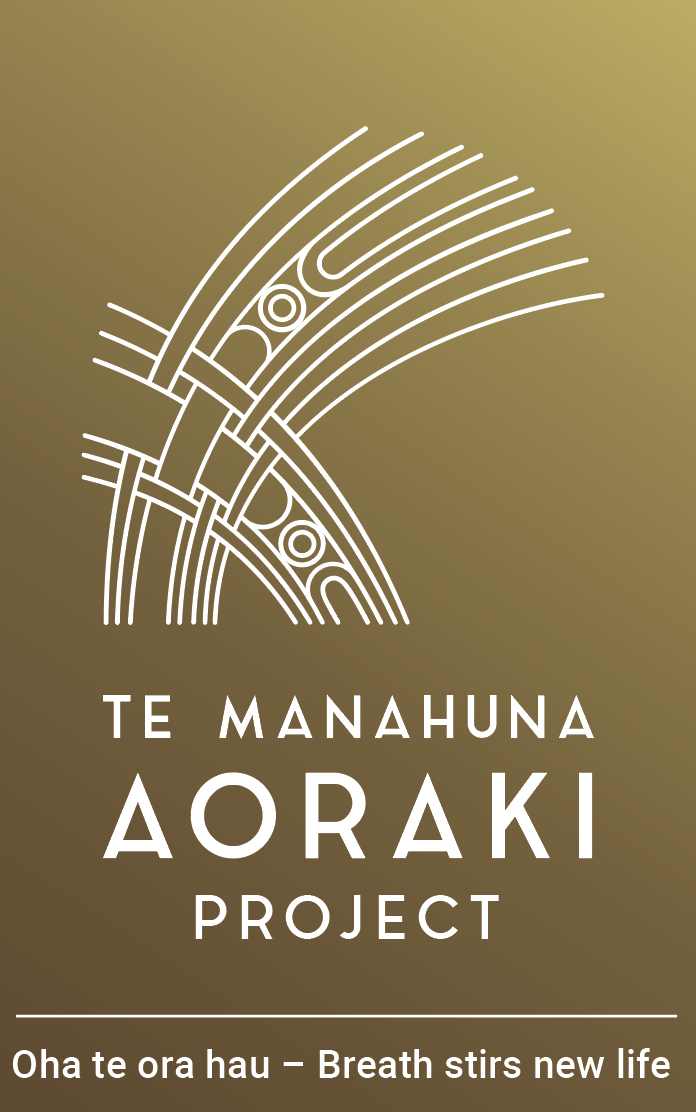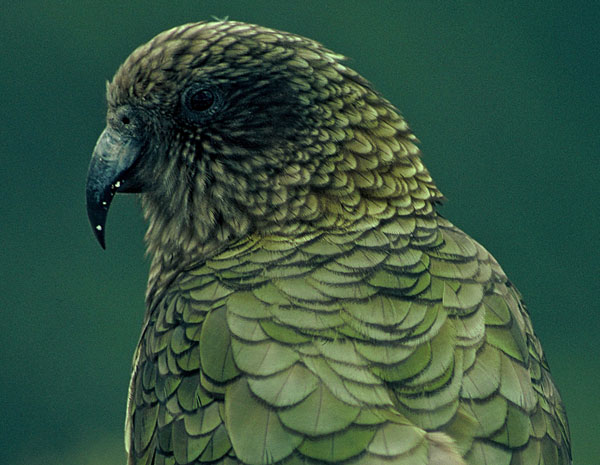Named by Māori for the sound of their call (kee-ee-aa-aa), kea are a taonga species and one of the most intelligent birds on the planet. Studies have found kea can judge probability in the same way as infants or great apes. They are very curious, attracted to people and known for causing a stir in carparks or camping grounds where they are notorious for destroying property. They love tinkering and a kea reportedly once managed to lock a mountaineer in the toilet at Mueller hut. Their curiosity can be a problem. Traps in kea habitat have to be kea-proofed. Extra-long screws have to be used to secure the traps, so the kea can’t prise them open and get tangled in the devices.
Kea eat a wide range of plant and animal matter. They are particularly vulnerable to stoats and feral cats because they nest in holes in the ground. While they are sturdy birds they’re not fighters – they freeze and rely on camouflage. They benefit from pest control with monitoring showing that without control their breeding success rate is about 40% but this goes up to about 70% after trapping or aerial pest control. Unfortunately, studies have shown that kea in areas where they are fed regularly are more at risk from aerial pest control. Research has led to a better understanding of how to minimise the risk to kea from pest control.
Buildings with lead nails and flashing are also a problem. Lead is attractive to kea because it has a sweet taste to them, and this results in lead poisoning.


